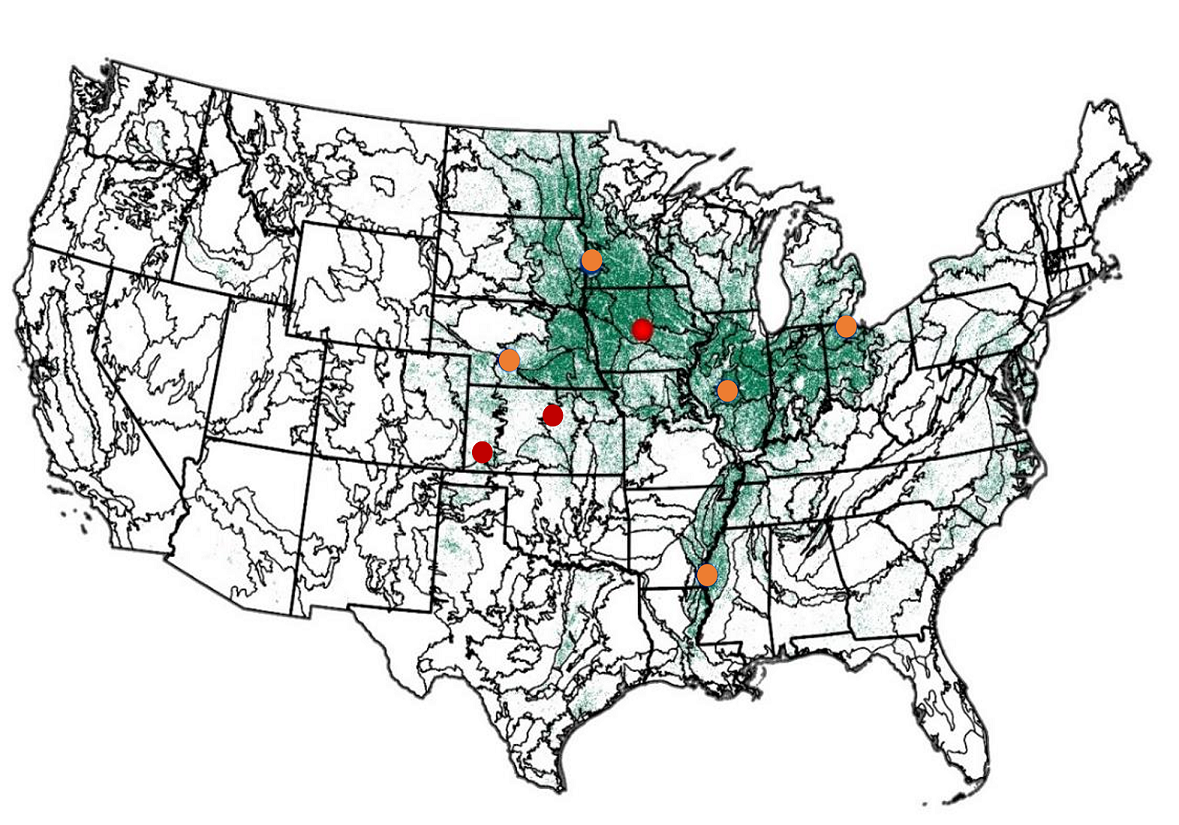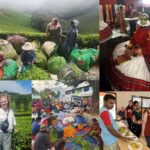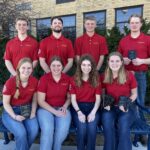
The project will seek to understand how combinations of crops (corn, soybean, wheat and rye), agronomic management (tillage and fertilizer), diverse soils and water (rainfed, irrigated and subsurface drainage) affect productivity and environmental performance of cropping systems. The expansive study will collect new data from experimental field sites in seven states (Illinois, Iowa, Kansas, Minnesota, Mississippi, Nebraska and Ohio) and use simulation modeling to expand the knowledge gained across time and space.
Archontoulis’ partners include Dorivar Ruiz Diaz, professor of soil fertility and nutrient management at Kansas State University, the project lead. Others involved are The Ohio State University, Mississippi State University, The University of Kansas, Landscan: Information Infrastructure for Agriculture and LiCOR Environmental.
“Research on the effects of crop production management factors on soil, environmental sustainability and yield has been largely fragmented, focusing only on a few selected factors and specific locations,” Ruiz Diaz said. “This complex project, through a unique public-private collaboration, aims to bring these factors together to accomplish a number of related goals.”
Those goals include:
- Understanding the long-term impacts of combinations of cover crops, nitrogen, crop rotation intensity and tillage on crop productivity and environmental sustainability across climatic regions.
- Characterizing how soil microbial diversity and activity are affected by crop management, soil moisture regime and soil residue cover and how these factors influence soil carbon storage and greenhouse gas emissions.
- Using cropping systems modeling to predict and explain productivity and soil carbon contributions to assess scenarios for the long-term profitability for different cropping systems in the U.S. Corn Belt and Great Plains.
Archontoulis, head of the Integrated Cropping Systems Lab at Iowa State, will manage one of the experimental locations and will conduct modeling for all locations using the Agricultural Production Systems sIMulator (APSIM), an international computer model he runs for Iowa State, the hub of the APSIM platform in the United States. Archontoulis has updated APSIM’s hydrologic component to account for shallow water table fluctuations, an important research focus of this new project.
“Our proposed systems modeling can estimate the changes to soil carbon stocks over long time periods – greater than 30 years – that result from different management combinations across environments,” Archontoulis said. “The knowledge we gain can provide farmers and other decision-makers with research-based evidence and actionable data to better assess the relative risks and benefits of mitigating climate change and inform tailored responses and farm-level programs that can deliver more sustainability and profitability.”
The project’s primary funder is the Foundation for Food and Agriculture Research. Additional financial support comes from Bayer Crop Science, one of the parties engaged in the “What if we could learn this!” conversations that originally inspired the project’s big ideas.
“After recruiting a set of strategic partners and a lot of planning, our team is excited to forge ahead to strengthen our understanding of agricultural management, plant genetics and environmental interactions across space, time and changing climate conditions,” Ruiz Diaz said. “If we are successful, this research and its applications will benefit producers with billions of dollars in increased crop productivity and benefit everyone through increased sustainability for the years ahead.”
CONTACTS
Sotirios Archontoulis, Department of Agronomy, Iowa State University
Dorivar Ruiz Diaz, Department of Agronomy, Kansas State University
Ann Robinson, Agriculture and Life Sciences Communications
Pictured above: Map showing seven states in Corn Belt and Great Plains region where field research sites for the project will be located. Photo courtesy of Sotirios Archontoulis, Iowa State University.





